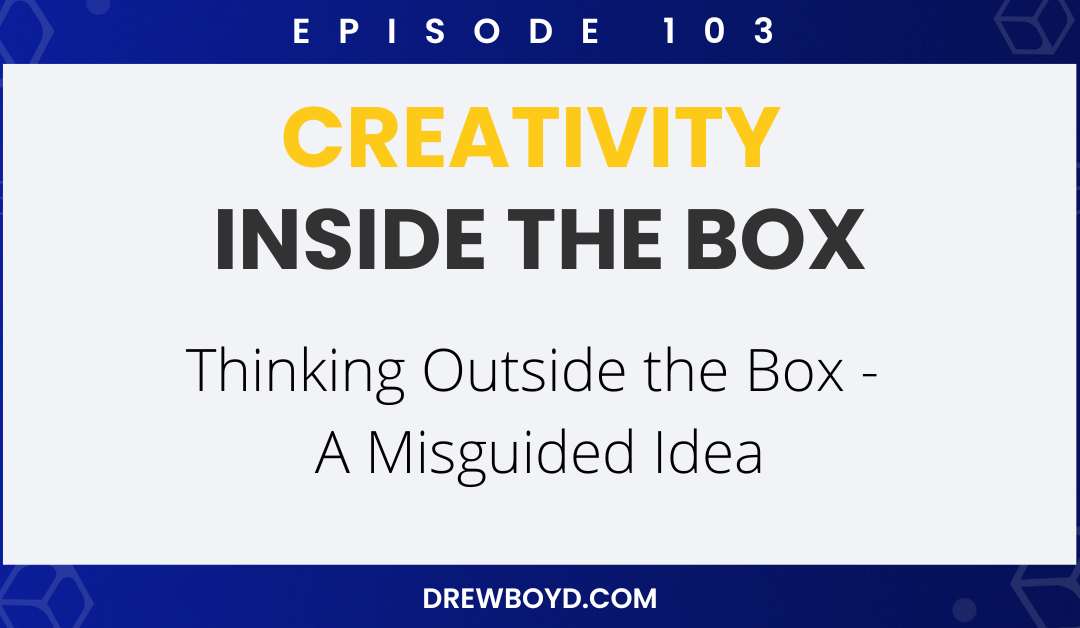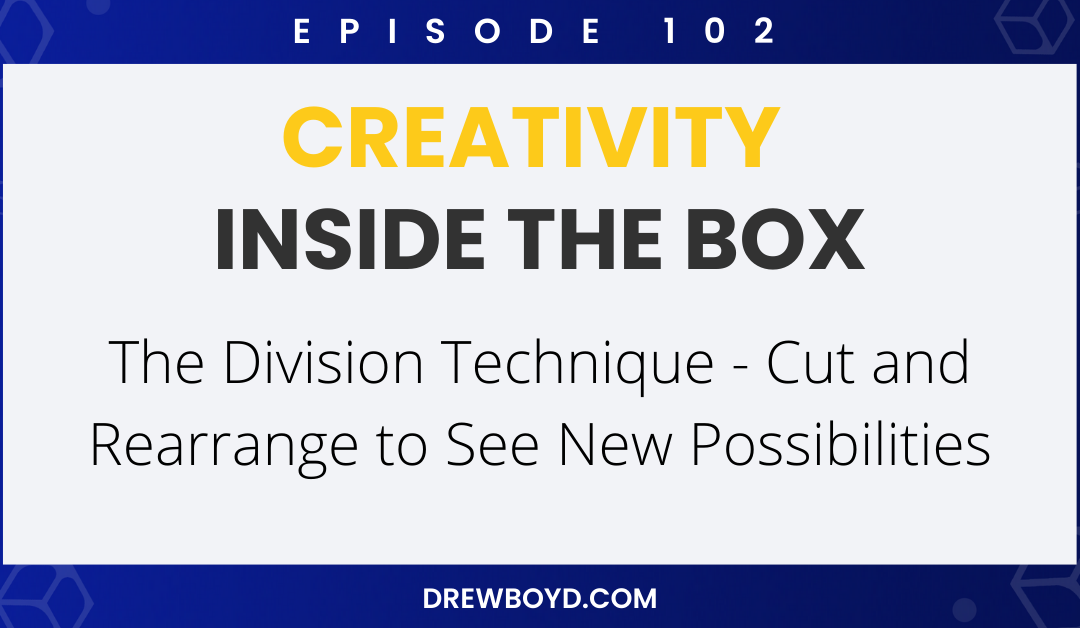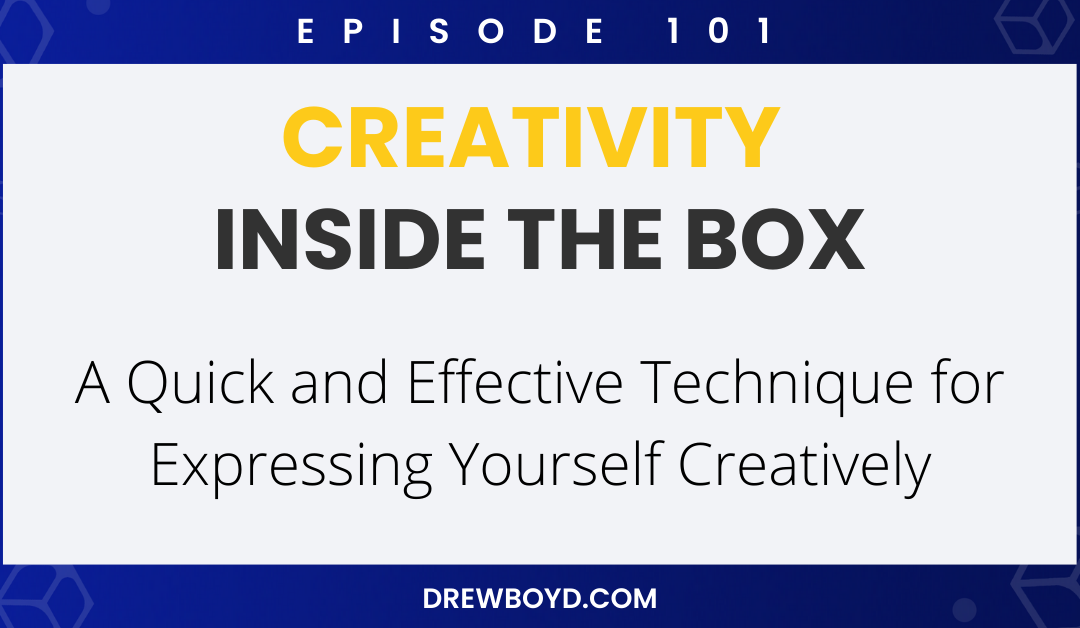I just had the pleasure of hearing Mr. Soren Lund present at the PharmaBrand Summit in Monaco. He is the Senior Marketing Director of Product and Marketing Development at the Lego Group. He told the amazing story about how Lego markets their product and leverages the power of their user community to create innovation and growth. It prompted me to search the blogosphere for other stories about Lego, and I can see that the company is quite popular. Blogging Innovation, Endless Innovation, Stefan Lindgard, and various others have written useful blog posts about Lego..
I start with a component list to use the first four of the S.I.T. tools:
2. Posts (the little round stumps on top of the base)
3. Tubes (the little open tubular structures inside the base
Using this list, I manipulate the product by applying a tool. This turns it into a “virtual product.” I use “Function-Follows-Form” to work backwards and think of potential uses and benefits for the “weird” form created by the tool. Here are some ideas generated very quickly with S.I.T.:
1. SUBTRACTION: “Remove a component.” Let’s remove the base, so that we have only the posts and the tubes remaining. Potential benefit is to use the remaining structure as a connecting rod to other full bricks. This gives the builder more options and more freedom to create.
2. MULTIPLICATION: “Create copies of a component but change them in some way.” I selected the posts and made additional copies of them but placed them on the side of the brick in addition to the ones already on top. This would allow the side posts to be connected to other sideways-oriented bricks, thus creating more building options.
3. DIVISION: “Divide a component or the product, either physically, functionally, or preserving.” For this exercise, I selected the product itself, and I divided it in half, and I kept the halves connected with a hinge. This allows the build to use bricks in situations where parts of the object need to hinge. This would include obvious things like doors, but it would give the builder more creative freedom if some parts of the object could “fold” at the hinge.
4. TASK UNIFICATION: “Assign an additional job to an existing resource.” I selected the tubes located underneath and inside the brick. The additional “job” is to make a noise, perhaps a clicking sound if the brick is placed correctly into the next brick. Or perhaps it makes a sound when the brick is placed into the next brick according to the instructions. The brick essentially has a training element to it, letting users know when they have done something correctly or incorrectly.
a. The material varies with the age of the user. Perhaps some of the bricks are malleable or flexible. This might make the bricks safe or easier to use for small children. Perhaps the bricks are edible. Once an object is built using edible legos, the kids get to eat the finished product.
b. The height of the posts varies with the object type. For this innovation, the posts on top of the brick can be moved variably in or out of the base as needed for creating the object. Some bricks get connected with just a few of the posts, so this exposes a lot of posts needlessly. This would allow builders to make things more aesthetically pleasing by pressing down on the unwanted posts that are not used. Perhaps the user can press the posts down into the base only once (they cannot be retrieved). This would increase sales as the base could not be used as much for other projects.Even the most innovative companies like Lego Group need a structured and systematic approach to growth. The competition is forever lurking.




